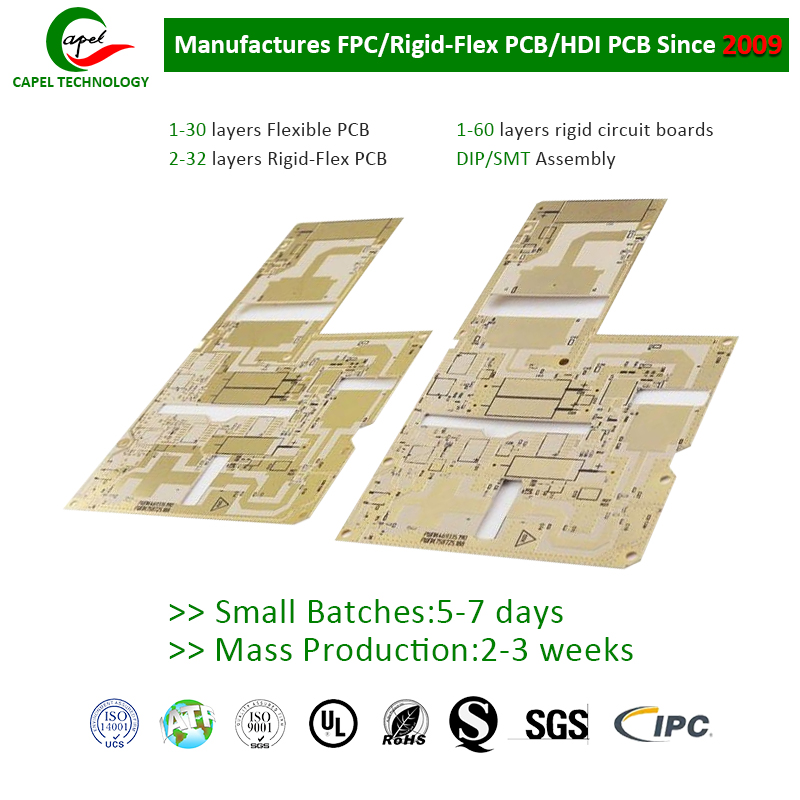In this blog post, we’ll look at the most common methods used to shape ceramic circuit board substrates.
The molding of ceramic circuit board substrates is an important process in the manufacturing of electronic equipment. Ceramic substrates have excellent thermal stability, high mechanical strength and low thermal expansion, making them ideal for applications such as power electronics, LED technology and automotive electronics.
1. Molding:
Molding is one of the most widely used methods for forming ceramic circuit board substrates. It involves using a hydraulic press to compress ceramic powder into a predetermined shape. The powder is first mixed with binders and other additives to improve its flow and plasticity. The mixture is then poured into the mold cavity and pressure is applied to compact the powder. The resulting compact is then sintered at high temperatures to remove the binder and fuse the ceramic particles together to form a solid substrate.
2. Casting:
Tape casting is another popular method for ceramic circuit board substrate forming, especially for thin and flexible substrates. In this method, a slurry of ceramic powder and solvent is spread onto a flat surface, such as a plastic film. A doctor blade or roller is then used to control the thickness of the slurry. The solvent evaporates, leaving a thin green tape, which can then be cut into the desired shape. The green tape is then sintered to remove any remaining solvent and binder, resulting in a dense ceramic substrate.
3. Injection molding:
Injection molding is typically used for molding plastic parts, but it can also be used for ceramic circuit board substrates. The method involves injecting ceramic powder mixed with a binder into the mold cavity under high pressure. The mold is then heated to remove the binder, and the resulting green body is sintered to obtain the final ceramic substrate. Injection molding offers the advantages of fast production speed, complex part geometries and excellent dimensional accuracy.
4. Extrusion:
Extrusion molding is mainly used to form ceramic circuit board substrates with complex cross-sectional shapes, such as tubes or cylinders. The process involves forcing a plasticized ceramic slurry through a mold with the desired shape. The paste is then cut into desired lengths and dried to remove any residual moisture or solvent. The dried green parts are then fired to obtain the final ceramic substrate. Extrusion enables the continuous production of substrates with consistent dimensions.
5. 3D printing:
With the advent of additive manufacturing technology, 3D printing is becoming a viable method for molding ceramic circuit board substrates. In ceramic 3D printing, ceramic powder is mixed with a binder to form a printable paste. The slurry is then deposited layer by layer, following a computer-generated design. After printing, the green parts are sintered to remove the binder and fuse the ceramic particles together to form a solid substrate. 3D printing offers great design flexibility and can produce complex and customized substrates.
In short
The molding of ceramic circuit board substrates can be completed by various methods such as molding, tape casting, injection molding, extrusion and 3D printing. Each method has its advantages, and the choice is based on factors such as desired shape, throughput, complexity, and cost. The choice of forming method ultimately determines the quality and performance of the ceramic substrate, making it a critical step in the electronic device manufacturing process.
Post time: Sep-25-2023
Back







